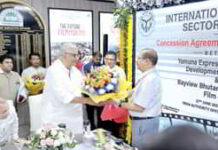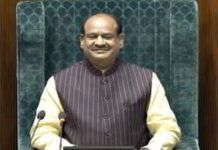Caste away: On Justice K. Chandru Committee report
Efforts to end caste discrimination should do more than hide caste identity
The overt display of caste pride among schoolchildren in several parts of Tamil Nadu has often resulted in bloodshed. And the Justice K. Chandru Committee, constituted against the backdrop of a murderous assault on two Scheduled Caste (SC) siblings by their dominant community schoolmates in Nanguneri, has sought to remedy the situation. In its exhaustive report, it has recommended to the State government that students be prohibited from having any coloured wristbands, rings, or forehead marks (tilaka), which serve as caste identities. Students must refrain from using bicycles that are painted with any sign of caste reference. Besides, school names are not to bear any caste appellation. It has also called for the caste confidentiality of pupils. Such recommendations are not new. A quarter of a century ago, following caste clashes in the southern districts, the government had dropped the names of caste, community and leaders given to transport corporations and districts. Much earlier, it had experimented with the dropping of caste surnames from street signboards. A few years ago, the caste surnames of popular leaders were erased from textbooks.
The committee has rightly recommended that the government appoint a Social Justice Monitoring Committee comprising academicians and social activists to check the curriculum relating to social issues and suggest modifications, and push for the inclusion of topics based on social justice, equality, and non-discrimination. The suggestion to revise the B.Ed and Diploma in Elementary Education syllabuses to ensure orientation towards inclusivity is welcome. But the government would do well to ignore the regressive recommendation to do away with noon meal kitchens in every school. A centralised kitchen in every block/panchayat union, as recommended by the committee, may perhaps help in masking the caste identity of cooks, but it does not remedy the prevailing discrimination. Apart from practical difficulties in distributing food from central kitchens, children would be deprived of hot and fresh food. The suggestion to establish a uniformed Social Justice Students Force, which will “operate independently of the union government”, and conduct regular drills and exercises, also needs to be viewed with caution. The existing NCC, Scouts and Guides and NSS setup is adequate enough to offer students such a space. The government must be cognisant of addressing discrimination which starts in children’s habitats that are awash with caste-identifiable colours — from drinking water pipes to bus stops. The electoral success of parties with caste vote banks has only spawned more such outfits whose leaders use impressionable teenagers as political capital. Distressingly, such outfits are courted by mainstream parties. Unless there is a transformation at the village level and a political will to transcend caste considerations, efforts to establish harmony among school students on campuses may not be meaningful.
















